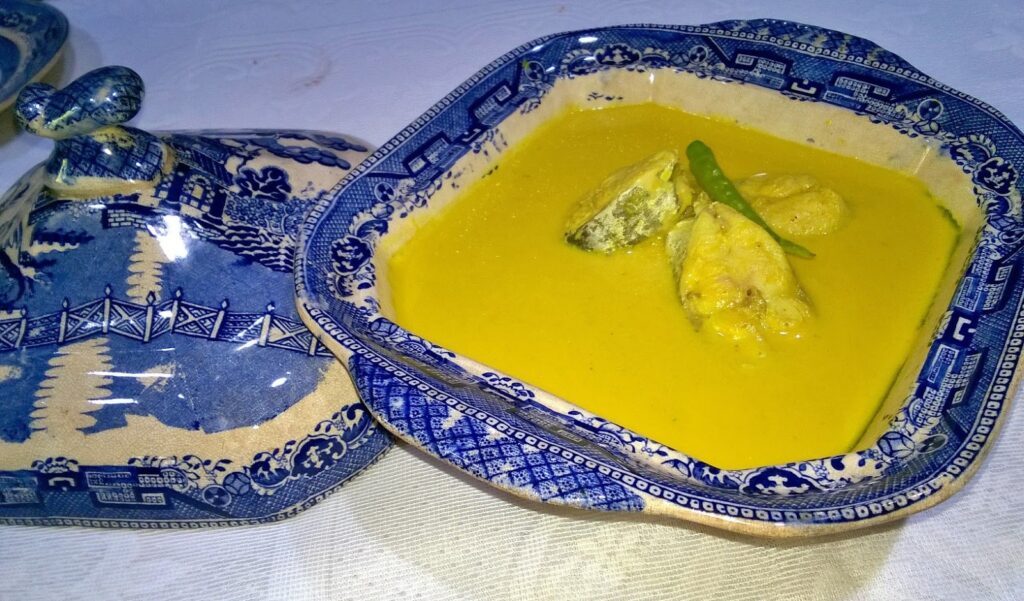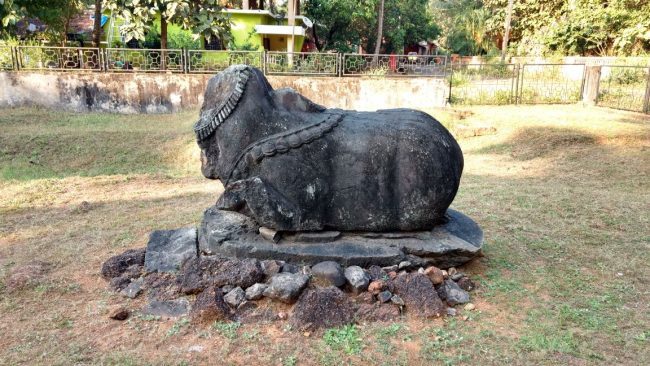
When most people think of Goa, they imagine beaches, parties, and sunset cruises. But for those who call it home, Goa is far more than a holiday postcard; it’s a way of life steeped in rhythm, tradition, and quiet beauty. Beyond the crowded shacks and tourist trails, there’s an authentic side of Goa waiting to be experienced, one that locals embrace every day.
The Morning Rhythm: Simplicity and Serenity
A Goan morning begins with calm. Locals start their day early, with the aroma of fresh poi (Goan bread) from the village bakery and a cup of strong black tea or coffee on the balcao (porch). You’ll often see fishermen returning with their night’s catch, children cycling to school, and church bells echoing through coconut groves. It’s in these quiet, everyday moments that Goa’s real soul shines, slow, grounded, and connected to nature.
Markets That Tell Stories
Skip the flea markets and step into a bustling tinto, the traditional Goan market. Places like Mapusa Market or Margao’s Gandhi Market come alive with chatter, colors, and aromas. Locals shop for fresh fish, spices, and seasonal produce while exchanging gossip and greetings. From handmade pickles to kokum and vinegar-filled bottles, every item tells a story of Goan life and cuisine. For travelers who want to understand the culture, these markets offer the perfect glimpse into Goa’s everyday economy and community.
Festivals That Bind Communities
Goa’s festivals go beyond grand celebrations; they reflect deep-rooted unity and joy. Locals celebrate everything from Sao Joao (the monsoon festival of leaps and laughter) to Shigmo, Ganesh Chaturthi, and Feast of St. Francis Xavier with equal enthusiasm. These festivals bring people together across faiths and generations. Join a local family for a traditional feast, and you’ll experience Goa’s warmth first-hand, a blend of hospitality, humour, and heartfelt connection.
Cultural Corners and Hidden Heritage
Beyond the beaches, Goa’s villages are dotted with heritage homes, temples, and chapels that whisper tales of the past. Locals often preserve these structures for generations, maintaining their Portuguese-style balconies, wooden staircases, and tiled roofs. Walking through villages like Loutolim, Chandor, or Aldona feels like stepping back in time. Here, life moves to the sound of crickets and Konkani songs, not traffic or beach parties.
Food That Feeds the Soul
For Goans, food is more than a meal; it’s a ritual of togetherness. Local eateries tucked away in small lanes serve authentic favourites like fish curry rice, kismur, caldeen, and bebinca. Many families still prepare their meals with firewood and stone grinders, keeping traditional flavors alive. Dining at a family-run restaurant or sharing a homemade meal with a Goan household reveals how food connects people to their roots and land.
Goa’s Connection to Nature
Locals share a deep respect for the environment, a relationship shaped by generations of farming, fishing, and living by the coast. From tending to coconut palms to working in paddy fields during the monsoon, this bond with the earth defines Goan identity. Many Goans today also embrace sustainable living, avoiding plastic, conserving water, and protecting their beloved beaches and forests.
The True Goan Spirit
To see Goa through a local’s eyes is to slow down, breathe, and live in the present. It’s greeting your neighbor with a smile, pausing for evening mass or temple aarti, and ending the day watching the sun dip into the sea. The real Goa isn’t hidden, it’s just quieter, simpler, and infinitely more soulful.
So, the next time you visit, go beyond the beaches. Talk to the locals, share a meal, attend a village festival, or sit on a balcao and watch life unfold. Because in doing so, you’ll experience Goa not as a tourist, but as a part of its story.


